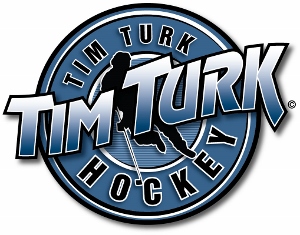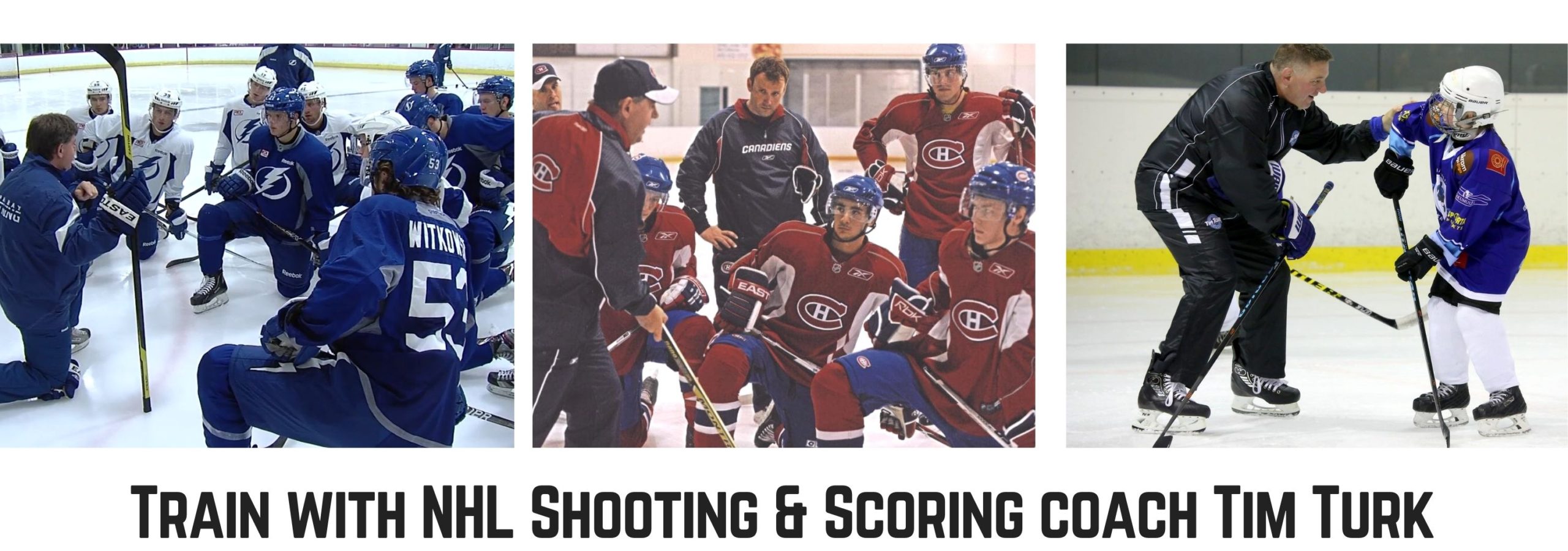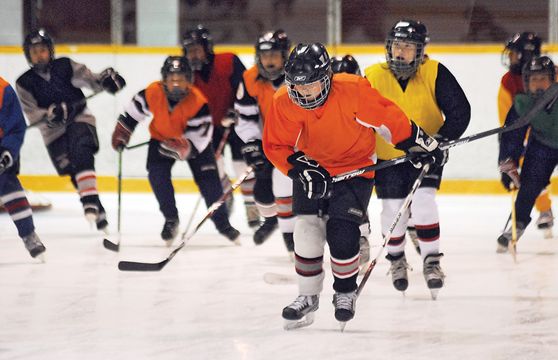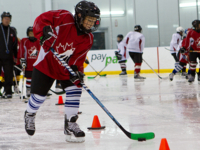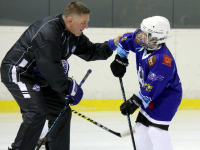There are many different skills that make up a good hockey player. Strength, speed, dexterity, awareness, adaptability, focus—the list goes on and on. Yet, one of the most important skills for hockey players to possess is also one of the most overlooked and underdeveloped: balance.
Here’s why balance is important
Hockey is different from sports like basketball, football, and baseball because it takes place on ice. Maneuvering on ice will always be more difficult than running up and down a soccer field because, as humans, we walk and run on solid, non-slippery ground for most of our lives. So, right off the bat, hockey requires better balance than sports that take place on normal surfaces.
Of course, with a bit of practice, most hockey players can feel almost as comfortable skating on ice as they do walking on the sidewalk—so long as they’re the only one in the rink. The problem is that hockey is a frantic, complex game with many dynamic elements.
Hockey players need to be able to change the direction of their momentum as fast and efficiently as possible. That’s hard enough to do on a basketball court or a soccer field—for hockey, the ice makes it ever harder. Possessing good balance allows players to stay on top of the action by quickly adapting to where the puck and the other players around them are heading.
Hockey is also a rough sport. Players routinely endure pressure, checking, and other physical confrontations where players are trying to knock each other off their feet. Possessing good balance keeps players on their feet and in the action for longer so that they don’t waste time by needing to get up and regain their bearings.
In general, every hockey skill requires good balance to perform. The better your balance, the better you’ll be able to skate, stickhandle, and take slapshots—improving your balance simultaneously improves your entire hockey skillset.
Here are four of the most effective ways to improve your balance as a hockey player:
1. Balance Exercises
There are a whole bunch of simple balance exercises that you can do literally anywhere. The most basic one is to practice standing on one foot. At first, practice standing still for long periods of time, then gradually add more complicated movements like squatting or extending your other leg backward and stretching your arms forward. This will get you used to controlling your centre of gravity in awkward situations.
Other simple but effective balance exercises include standing on your tippy toes, one-legged squats, heel-to-toe walking, and one-legged hopping.
These exercises require minimal concentration and can usually be performed alongside other tasks, so they can be an effective way to quickly achieve excellent balance.
2. Agility Drills and Exercises
Improving your agility will inherently improve your balance—you need good balance to be able to efficiently switch your momentum and build speed in a new direction.
There are endless agility drills available online for both on- and off-ice training, most of which involve little more than a few cones or a rope ladder on the ground.
Having a partner is also extremely beneficial when doing agility workouts because it allows for the addition of spontaneous movement. While side-stepping through a rope ladder will improve agility, the movement is predictable—it’s the same every time you do the exercise, which doesn’t fully represent what it’s like to play in a hockey game.
With a partner, you can do agility exercises like sitting in the middle of four cones and as soon as your partner points to one, you need to sprint there. This adds a level of unpredictability to the drill that accurately represents the constantly changing conditions of a hockey game.
3. Improve Your Core
The technical definition of “having good balance” is the ability to control your centre of mass so that it always stays within the area created by your support points (usually your feet). For players, our centre of mass is in our abdomen—our “core.” Therefore, the abdominal muscles and all muscles around the core have a large impact on controlling our balance.
Exercises like sit-ups, crunches, planking, side bends, and the “Superman” strengthen the core muscles which will, in turn, improve your balance.
4. Yoga
As an exercise, yoga is essentially the practice of holding different, often strenuous body poses in succession.
Many yoga poses engage the core, like the plank pose, the boat pose, and the cosmic egg pose. As explained above, strengthening the core is an effective way to improve balance. Also, many yoga poses directly improve balance, like the eagle pose, the half-moon pose, and the tree pose.
Yoga can also help you mentally improve balance. Yoga is a full mind and body exercise that focuses on breathing and concentration while holding the poses. The more you practice yoga, the better you’ll become at maintaining your focus while your balance is being tested. Then you’ll be able to keep your mind on the action of the hockey game rather than worrying about how you’re going to stay on your feet when you’re in a scuffle.
There are hundreds of different yoga poses that each have different physical and mental benefits. Find the poses that engage balance and improve the core, and string them together to create a “hockey player’s” yoga workout.
Having good balance is crucial to hockey success, and you don’t need to own a tightrope to work on it at home. Add more agility and core exercises to your usual workout. Practice balance exercises or do some yoga. If you work at improving your balance just a bit every day, you’ll soon become an immovable force on the ice.
